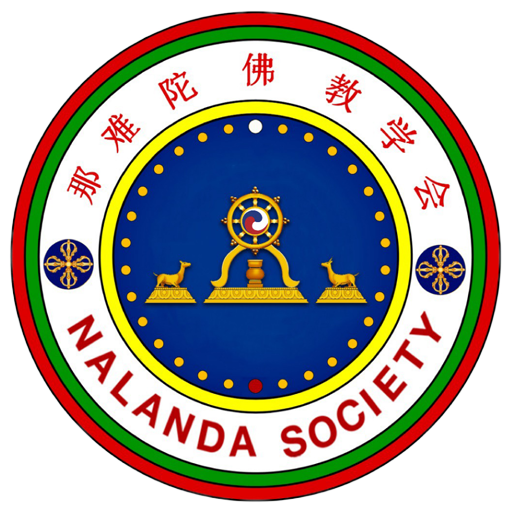A Brief Introduction
Due to historical and cultural factors, Chinese Buddhism has not fully absorbed the essence of Mahayana’s way to Buddhahood. Though the teachings in Chan Buddhism, transmitted by Bodhidharma, has svabhavakaya practice method, its practice will not lead to the attainment of the states of wisdom Dharmakaya, Sambhogakaya and Nirmanakaya. Moreover, Chan Buddhism lacks specific practice method and theory, however, if a practitioner is willing to religiously search for answers based on the theory, he can still attain sainthood, thus the value of Chan Buddhism cannot be overlooked.
The theories and practices in Esoteric Buddhism are exceptionally supreme; they include perfectly explained teachings of sutra and tantra. To sharpen the wisdom of practice, the best in Chan and Esoteric Buddhism should be adopted, to reach a complementary effect.
For those who are determined to practice, both practice systems require the direct guidance of qualified Supreme Masters and Chan Masters. Esoteric Buddhism uses a variety of concentration and visualisation methods to enable a practitioner to make improvement while Chan Buddhism points directly at the nature of mind and uses the slat-and-yell method on the shortcomings of the practitioners; this direct method is truly unbearable for modern people due to their egotism and strong self-esteem, therefore Buddha Mandala Monastery (BMM) will use the theory and practice of Esoteric Buddhism, supplemented with Chan Buddhism’s direct approach, to skillfully nurture and guide its practitioners.
Purpose of Practice
The primary objective is to become a Buddha.
Genuine Faith, Indestructible Will and Immovable Diamond Determination are the prerequisites for every successful believer treading on the long road towards Buddhahood.
Powered by the above, and through the three trainings in Ethical Discipline, Concentration and Sublime Wisdom; Bodhicitta Practice and accumulation of two resources (meritorious virtues and wisdom), one begins the journey of practice.
Path to Buddhahood Practice System
Buddha Mandala Monastery’s Path to Buddhahood Practice System is made up of three main systems, namely Theory System, Practice System and Solitary Retreat System. True views of the Teachings of the Three Vehicles, Dual Practices of Chan and Tantra and Vows to be reborn in Maitreya Inner Court form the core of this system. There are seven stages of advancement for sincere Buddhist learners who are determined to tread on this path to enlightenment.
An Overview of the Path in Buddhahood Practice System















